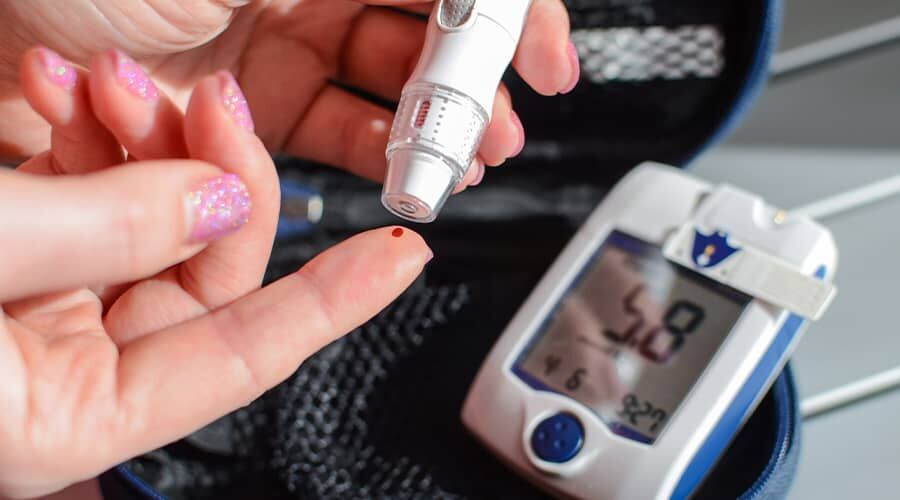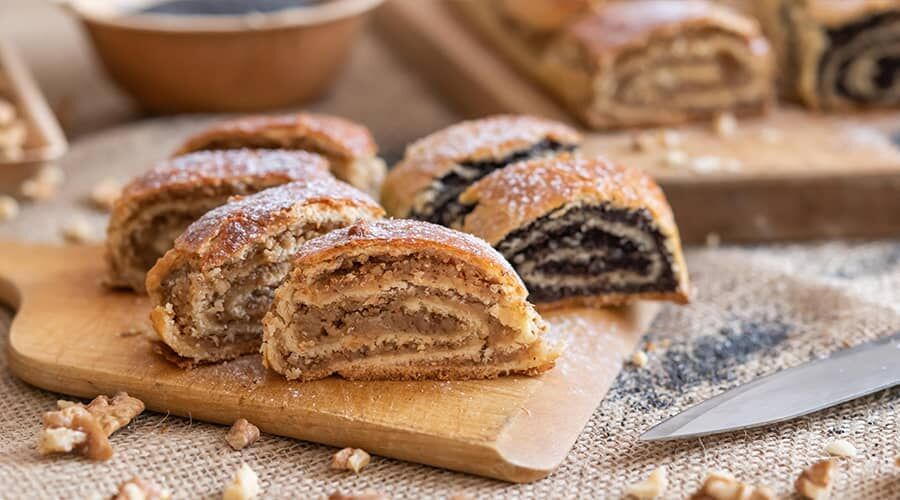




The lack of or reduced effectiveness of a hormone called insulin causes blood glucose levels to rise, which can lead to a number of long-term health problems.
Below are the two most common types of diabetes:
The body uses a hormone called insulin to regulate blood glucose levels. Insulin’s role is to allow cells to take up glucose from the bloodstream and use it to meet the body’s energy needs. If insulin production or efficiency is reduced, glucose remains in the bloodstream and results in high blood sugar levels.
Blood glucose levels can be monitored by regular checks.
This includes home blood glucose measurements as well as medical tests. Home blood glucose monitoring is usually done from the fingertip using a blood glucose meter to measure glucose levels. Medical tests usually involve measuring blood glucose levels using laboratory tests taken from blood.
It is also possible to control blood glucose levels through lifestyle changes.
A healthy diet, exercise and maintaining a healthy weight can all help to normalise blood glucose levels. The basic principles of a healthy diet include eating regular meals, limiting carbohydrates and fats, eating foods rich in fibre and reducing sugar and sweetener use.
Taking insulin or other blood glucose lowering medicines can also help control blood glucose levels.
Insulin may be given as an injection or taken in the form of other medicines that help to increase the effectiveness of insulin or improve the body’s use of glucose.
However, controlling blood glucose levels is not always a simple process and can vary from person to person. Regular medical monitoring and personalised therapy are therefore important.


Bejgli is a familiar and very popular Christmas dish, prepared and eaten in many households.
Let’s look at a recipe for healthy bejgli.
Ingredients for this delicious bejgli recipe:
Pasta:
50 dkg wholemeal spelt flour
25 dkg coconut oil
2 dkg yeast
2 home-made eggs
1 glass of natural yoghurt
3 tablespoons honey (xylitol, erythritol)
1 egg for the spread
Filler:
30 dkg poppy seeds
30 dkg walnuts
20 dkg xylitol (erythritol)
1-1 dl almond milk
lemon zest
raisins
How to make wholemeal bejgli:
First, prepare the dough. First of all, we mix an egg and the yeast in the room-temperature yoghurt. Mix the coconut fat (or butter) in the flour, add the honey (or other natural sweetener), the yeast mixture and knead. Divide into four parts, cover and set aside to rise.
While the dough is rising, we prepare the fillings. Mix the poppy seeds or nuts with the natural sweetener and grate in the lemon zest. Remove the raisins from the pre-soaked hot water and add. Finally, pour in the hot milk to obtain a spreadable, creamy consistency. Be careful with the milk, don’t add too much or the filling will be runny.
Then stretch the dough on a floured board into a rectangle about ½ cm thick.
Divide both fillings in half and smooth over the rectangles, leaving a 2 cm border. Fold back the shorter sides of the rectangle 2 cm wide and roll up along the longer side. Place the pastry on a baking tray lined with baking paper, brush the top with egg yolk and leave to rest for half an hour.
Then brush with the egg white, leave to rest for half an hour, prick the top with a fork and bake in a preheated oven at 180°C for about 40 minutes until golden brown.
A number of alternative ingredients can be used to reduce the calorie, carbohydrate and sugar content of the dietary bejgli
